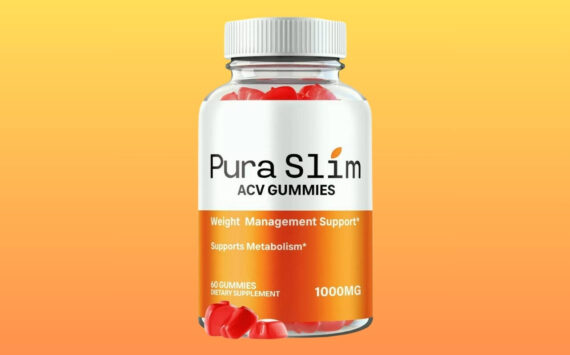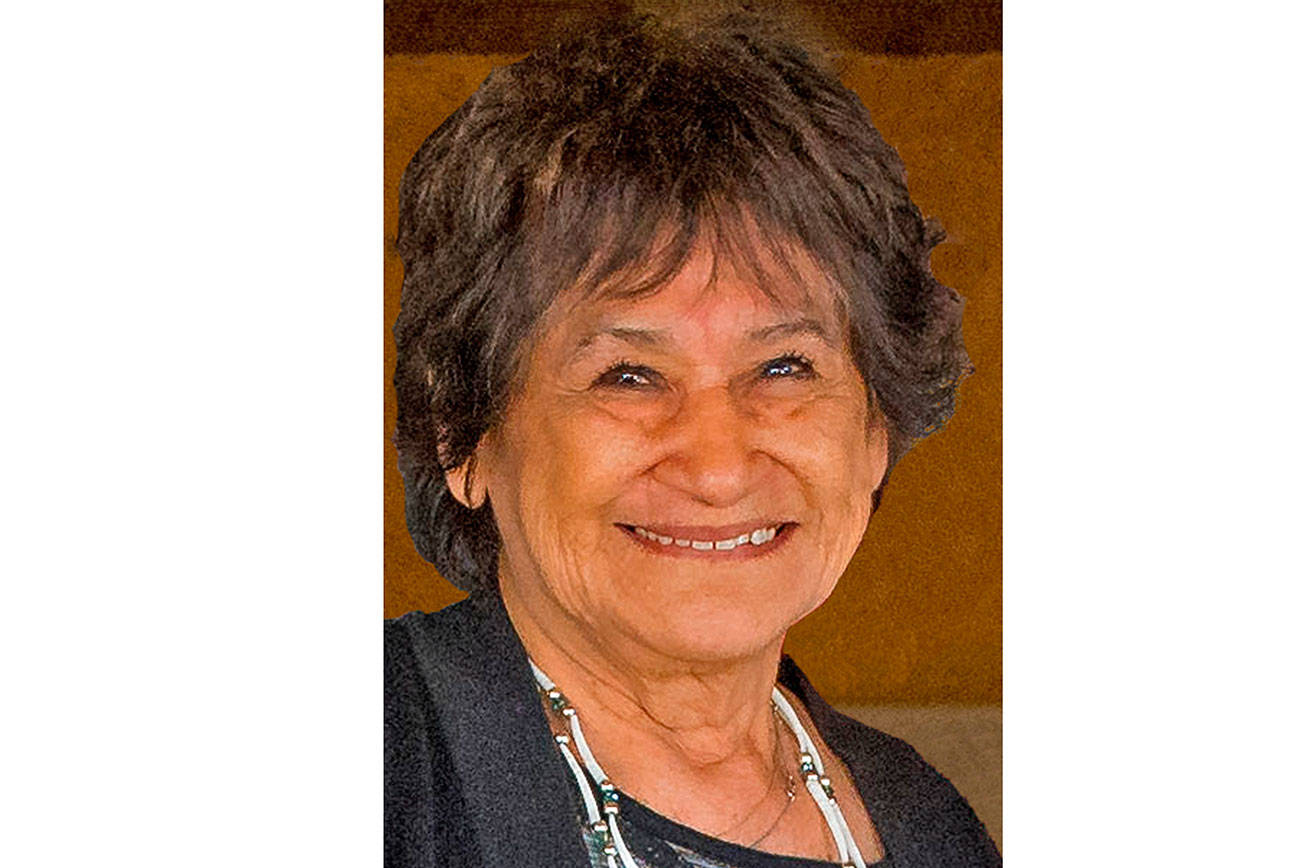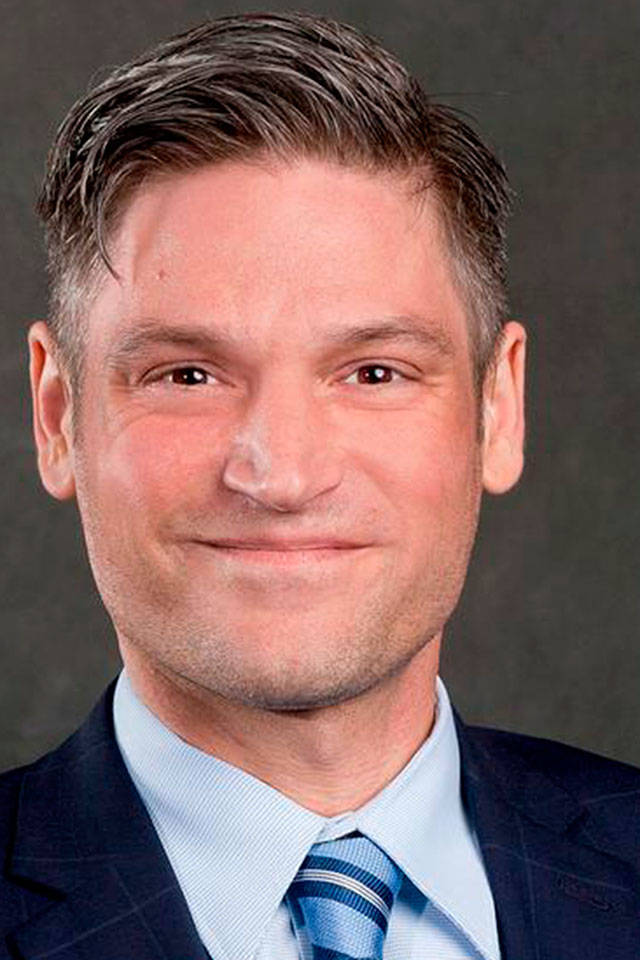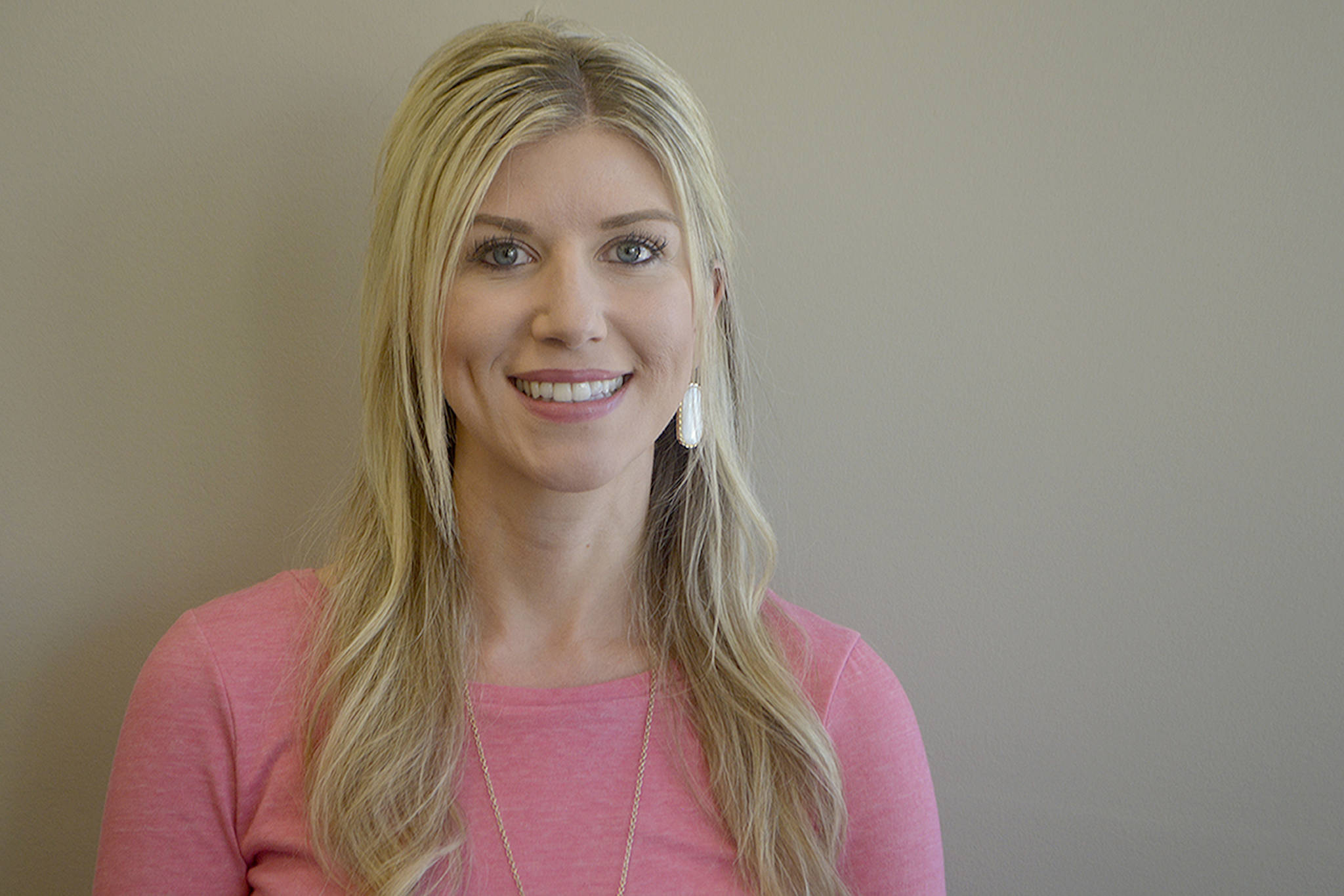I drive 144 miles round trip to ski at Stevens Pass. Or on better days I bum a ride with someone else but the distance is the same. We take Highway 9 southward to where we pick up U.S. 2 that carries us all the way to the pass. Given Highway 2’s grim record of fatal accidents, each trip is a little like Russian roulette but hey, if I craved safety would I be skiing?
I wouldn’t be skiing at all if there weren’t roads to take me to the snow. It takes road construction, maintenance, snow-plowing, police, bridges, traffic control, and whatever to get me there and back. Every citizen with an income gets to share in that expense as they ante up taxes to the Washington Department of Transportation. Add the state’s $1.7 billion in federal highway funds for this biennium alone.
It’s hard to pin down the total cost of the double-lane 72 mile stretch because of the history of highway construction and maintenance that continues to be used, dating all the way back to 1925. And the work goes on. Figures are available for a new per-lane cost of a mile of blacktop highway but they escalate whenever roads carve into mountainous terrain. Bridges and cut-and-fills in the Cascade Mountains send flat land per-mile estimates through the roof.
About three-quarters of it is two-lane. A stretch of four-lane plus passing or turning lanes help to run the total cost up. Little add-ons like the Sultan roundabout and chain-up areas have to be considered. A good starting number for figuring current value of the highway is the DOT’s average of $4.5 million for a mile of single lane of highway construction, barring complications.
If my 144-mile round trip were based on that single lane estimate, I use $648 million worth of highway to go skiing. But the 20 bridges between Lake Stevens and Stevens Pass that vary from glorified culvert lids to soaring bridges would cost somewhere between a hundred thousand and a hundred million dollars at today’s prices. So double the $648 million to $1.3 billion for a somewhat realistic value to my ski route.
I use it toll-free! That $1.3 billion trumps the entire history of Power Ball wins. It’s almost as large as the annual Gross Domestic Product of Belize. I can drive on past Stevens Pass to access all the rest of the roads and highways from sea to shining sea, all constructed for my (and others’) use. How’s that for tax dollars at work?
Voters don’t tend to think that way. All they see is government chipping away at disposable income. They think in terms of taxes making a slick new car unaffordable but what sense does it make to own a smooth-riding car if it doesn’t have decent roads to travel on?
Good roads are expensive. Seattle’s Alaskan Way project is estimated at $180 million to $267 million per mile, depending on which segment we’re talking about. The fix for I-5 in Everett between SR 525 and US 2 penciled out at a modest $15 million per mile. And $91.3 million is allocated for widening the Mukilteo Speedway.
As with children, the cost of bringing new roads and bridges into the world is only the beginning. They all have to be maintained in a timely manner. And when they aren’t, delayed maintenance proves over and over again that there is nothing as expensive as procrastination. Roads require crack sealing, de-icing, sign-washing, striping, applied herbicides and mowing of shoulders. Sometimes it doesn’t get done. I once got so irritated with algae-coated signs along Marysville’s 83rd Avenue that I washed them myself.
Not everyone has equal reason to feel my sense of ownership of roads. It’s easy and natural for me because I travel a bit. It’s also natural that shut-ins who use only local streets might balk at paying taxes to fund far-flung roads they may never see.
I don’t make a lot of money so, aside from gas tax, I probably don’t pay my fair share in taxes. I use roads for a mix of necessity and pleasure while truckers, tradesmen, buses, emergency services and farmers absolutely need them. The system might not be entirely fair but it works.
The reason it works is that everyone is obliged to support it. The shut-in benefits because caregivers, visitors and emergency vehicles are within reach. The same goes for armchair travelers who ride along with KCTS Channel 9’s Northwest Traveler or Rick Steves on road trips. The fact that some benefit more than others is a poor argument against a system that, in many ways, serves everyone.
Here’s a thought: The system of support for roads and the use of them could be a model for universal health care. Though I’m not yet a heavy user of medical services I hope to see my taxes supporting a national health care system that serves everyone, regardless of their circumstance, the same way our highway system serves us all.
Comments may be addressed to robertgraef@comcast.net.







